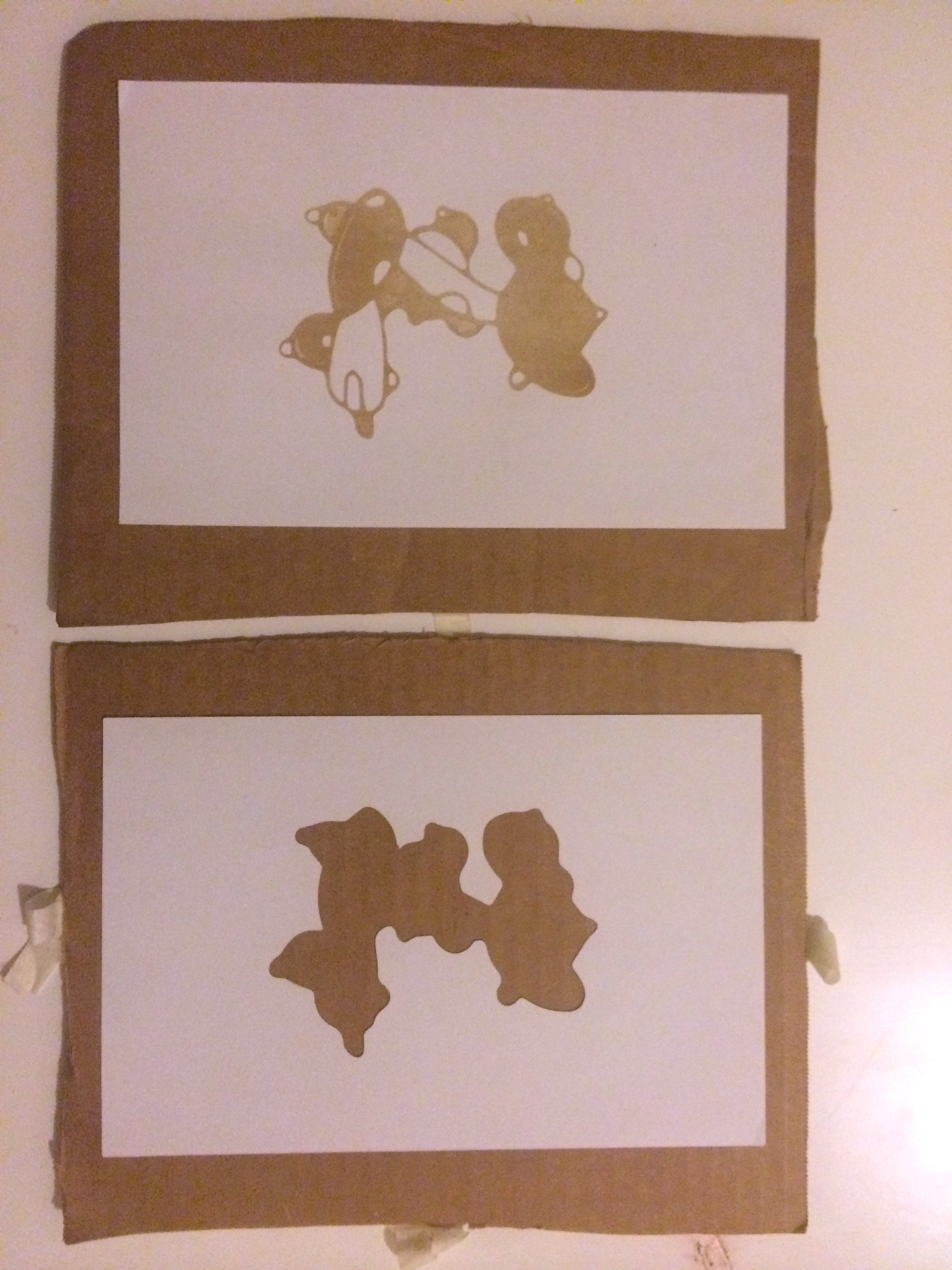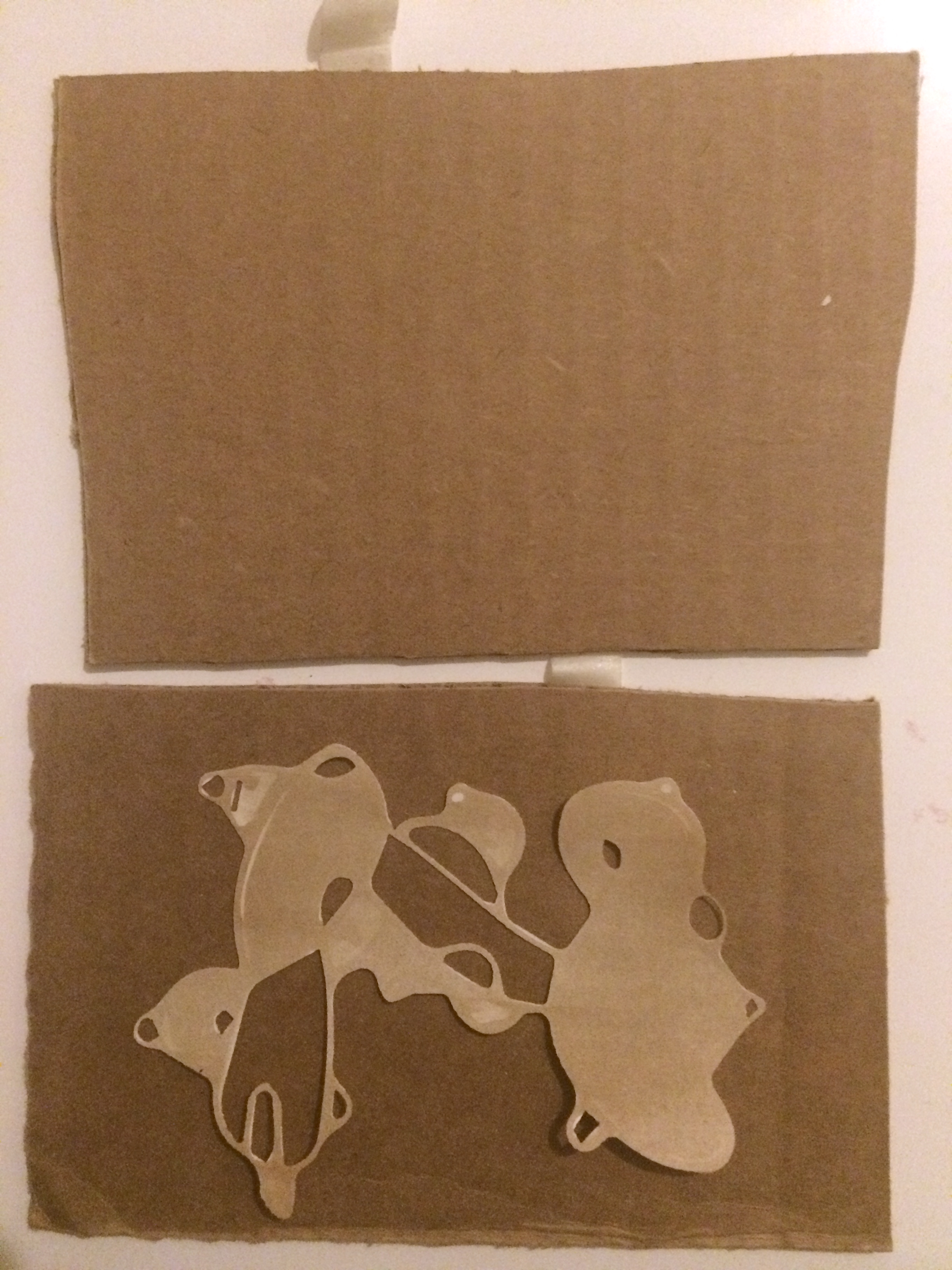My first experiments with 3D modeling/printing were a mixed bag of successes and failures, all of which upon reflection feel positive, for a beginner's encounter with the protocols, tools and parameters of the relatively new medium. I am familiar with many promising artist applications for 3D printing, and many other applications impacting a range of manufacturing approaches with implications for many fields, medical to military to industrial and so on. In my humble initial efforts, I encountered mechanical failure and the failure of my own design to translate to 3D processes, but my in-class attempt (plus seeing Bert's excellent pieces) gives me hope that I can improve and refine a practice. Certainly, I can visualize a number of future projects that involve 3D printing. I find one of the more artistically compelling - and theoretically rich - usages of 3D printing emerging for representational portraiture. However, the potential for 4D+ art with 3D model/print elements is probably where I will venture next. As for inclusion in curricula, as with digital animation, laser-cutting, etc., I will defer to educators, for now. Most digital print technologies share characteristics that shoestring programs might find daunting: costs; maintenance; fragility; and so on. Wired, computer-based technologies also tend to re-organize power toward the technologist. Is this good for schooling?
HW#3_7/7: READING TAKEAWAYS
PJM/AFH Studio Nashville, ca.2001
The HW3 readings point to a number of systemic trends for artists and in education, which on deeper scrutiny reflect broader societal, political and economic phenomena, which to some extent involve reformation rooted in technological development and the general effects of virtuality at the broad intersections of interactive creativity and exchange. In some dimensions, the substantial industrial transition from Fordist production to more decentralized and horizontal models plays heavily on the activities that are emerging from all sorts of conception, manufacture, delivery and promotion/projection nodes. DIY and Makerspaces represent just two examples of responses to predominant externalities. The first arises in a new age of redistribution of resources reaching a zenith in Austerity regimes of the Oughts, which are still with us. The second at least partially is a segue from a spectrum of disruptions ironically termed "democratization." A thorough analysis of either and both responses suggests that a sober discourse at depth on the long-term and short-term consequences on individual/collective behavior, as it relates to material craft is in order. Whether such discourse can gain traction over the din of inverse celebration of lowered expectations for-makers-of-things (to be juxtaposed, one imagines, with the internet of things), is questionable.
HW#3_5/7 & HW#4_3/6: FINAL PROJECT
DICE ROLL: SCIENCE + VIDEO & EDITING + PERFORMANCE
HW#3_4/7: LASER-CUTTING
Wovenform7 [Scanned, Photoshop-enhanced ink drawing on paper (PJM 2003-8), re-purposed in multiple formats through the present]
I started with Wovenform7 for both the Laser-Cutting and 3D Printing (Part 2) experiments. I initially planned to use the laser cutter/Wovenform7 combo on several materials/substrates. But after starting to work with Andrew, I reduced the scope of the experiment to three basic usages:
- Engraving the image on 60# paper
- Tracing/cutting out the image
- Creating a matte with the negative-space of the cut-out
I was very pleased with the results, and can see great potential for the tool in building complex combinative constructs for art presentation. I was able to visualize and discuss with Andrew some very promising scenarios for deploying laser cut (LC) materials and artworks, as we engaged in the production. For example, within a 4D+ project, laser cutting would be useful for architectural modeling, materializing dimensional effects, especially combining LC forms in relation to 3D (printed) objects, and through interlaced application of materials, creating visually dynamic layering and faceting effects to generate complex interactive/encompassing environments of great variety. The engraving correlates to analog practices of artists I find immensely inspiring (i.e., Tom Joyce and Richard Painter). With the engraving/mask combine, moving the mask across the engraved paper, I recognized a tactic I have used in animations to produce effects that I find technically evocative of AB EX painters Robert Motherwell's and Franz Kline's black & white canvases.
HW#3_2/7: Animation
Wovenform7, Grid, Cyclops, Tartan + Signature (PJM, 2017)
PROCESS:
I constructed this animation by building 42 sequenced cells/frames in Photoshop, then uploading them to EZGIF.com for output as an animated GIF, using their standard settings. I prefer COREL Painter, which I have used since the 90s, to produce animations for various presentation formats and integrated digital video combines, and standalone GIFS.
ANIMATION IN A CLASSROOM?
I'm not sure how my approach to animation translates into classroom practices, except for advanced/practical/theoretical instruction for those students training to be 4D+ artists. That said, after learning more about Scratch and other animation tools, and thinking about online GIF software, I think one must acknowledge that digital/social network media has made animation practicable for pretty much any computer- or net-capable device-user. Animation production in my experience requires intense focus, immersion at depth, database compilation, much competency, visual literacy, and much more. For extended/-sive projects (e.g., feature-length animation or arrays of moving images in multiple formats), animation poses significant challenges from an aesthetic standpoint. Duration is a key variable.

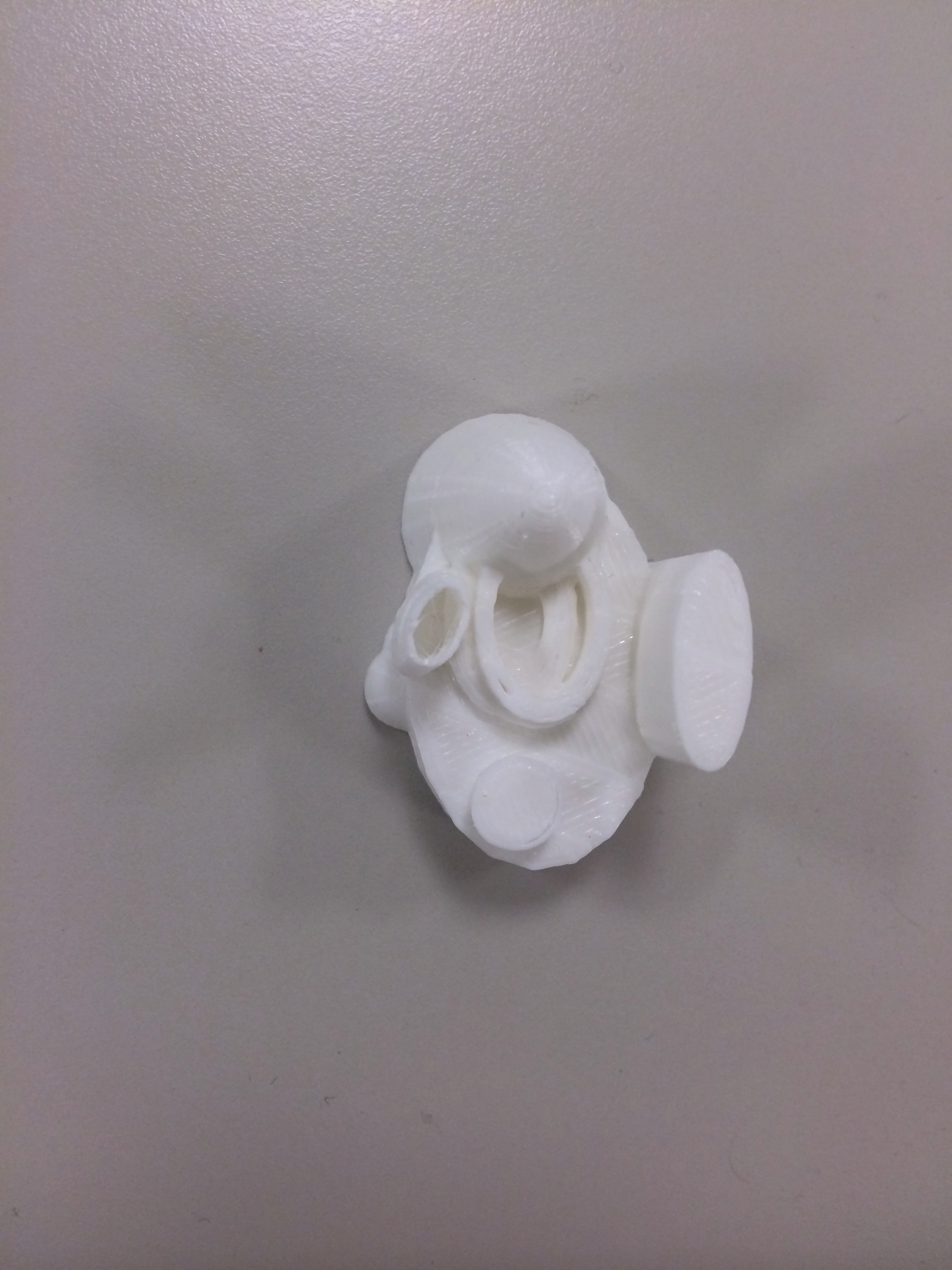

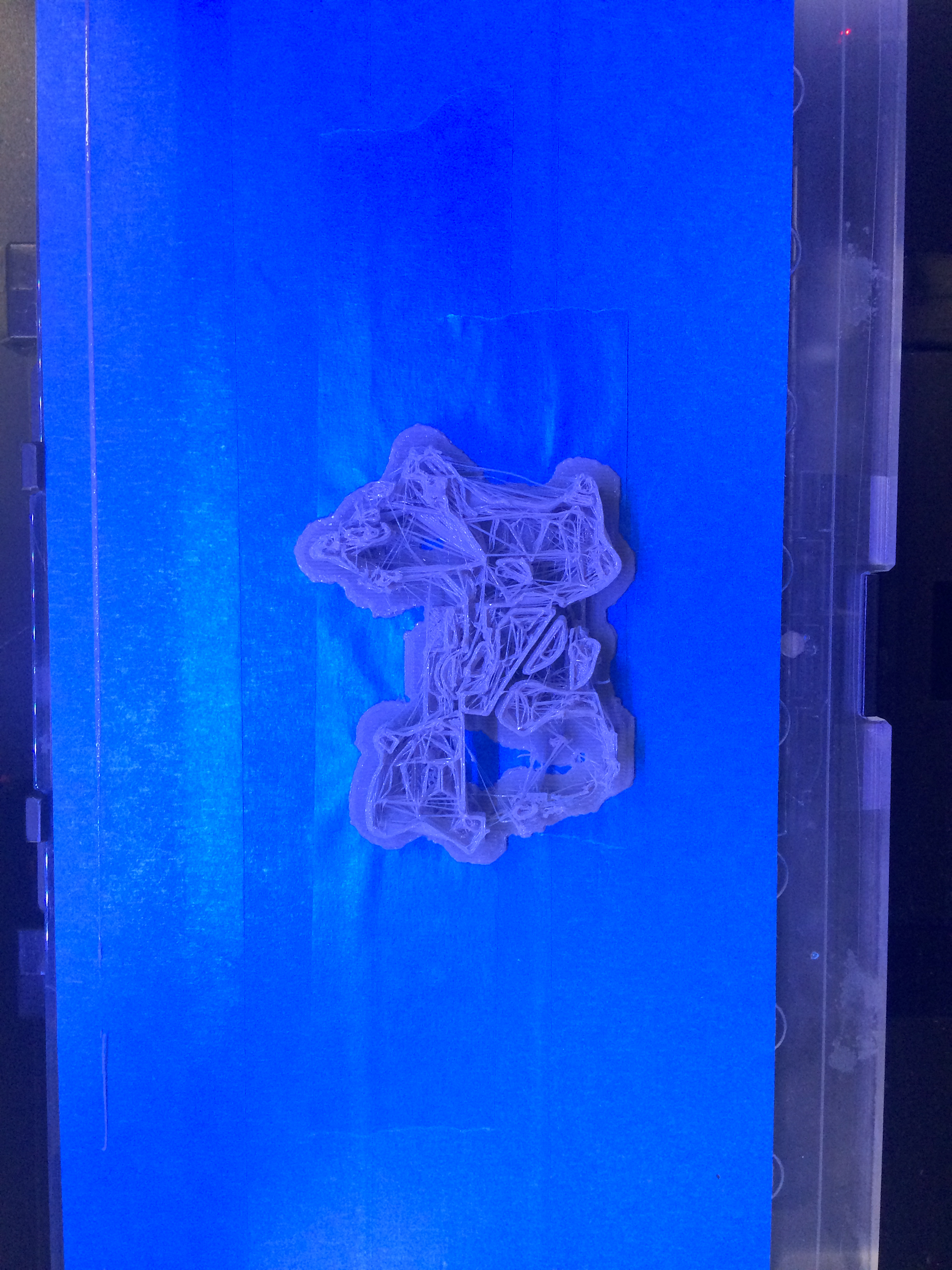
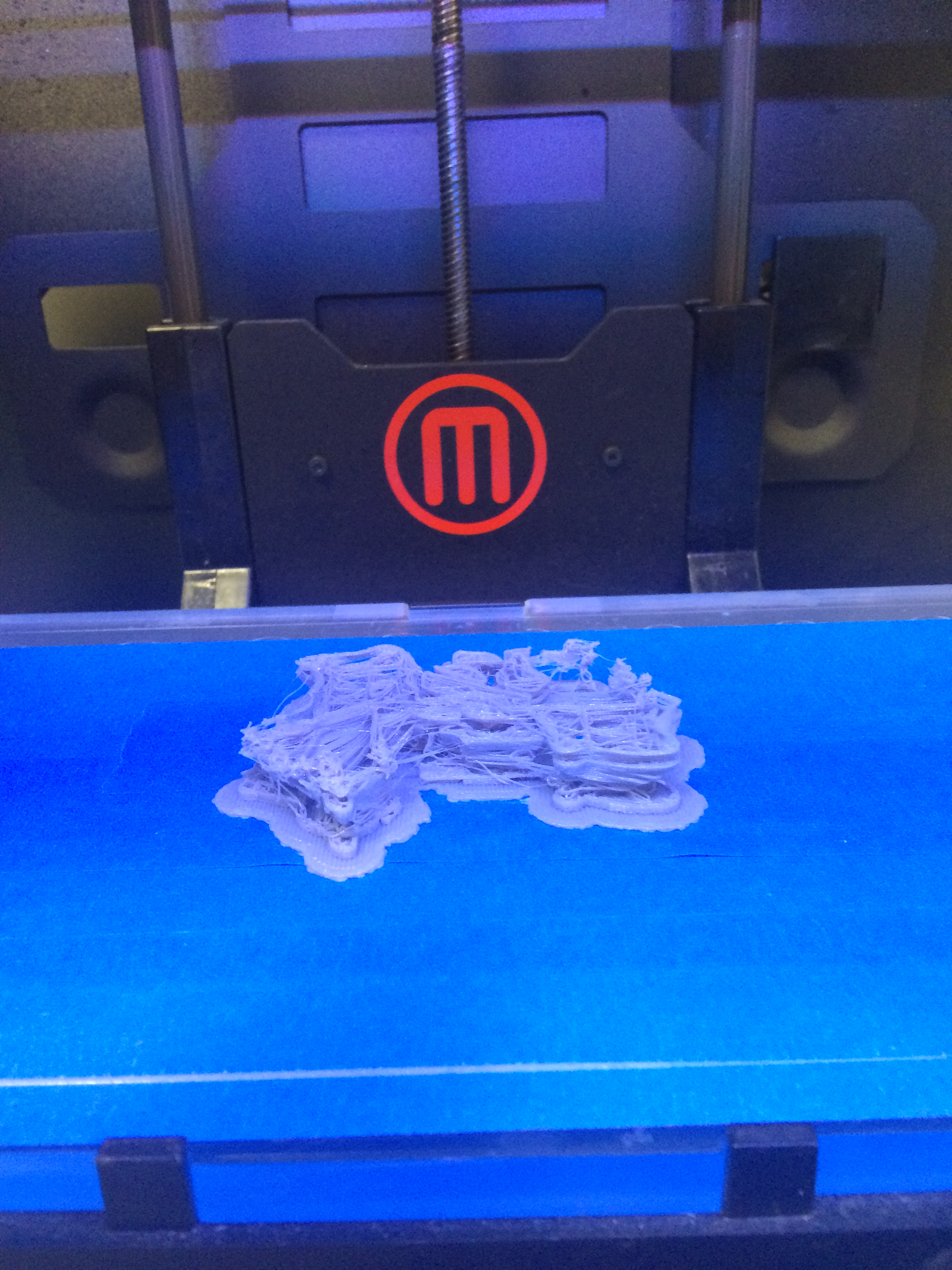
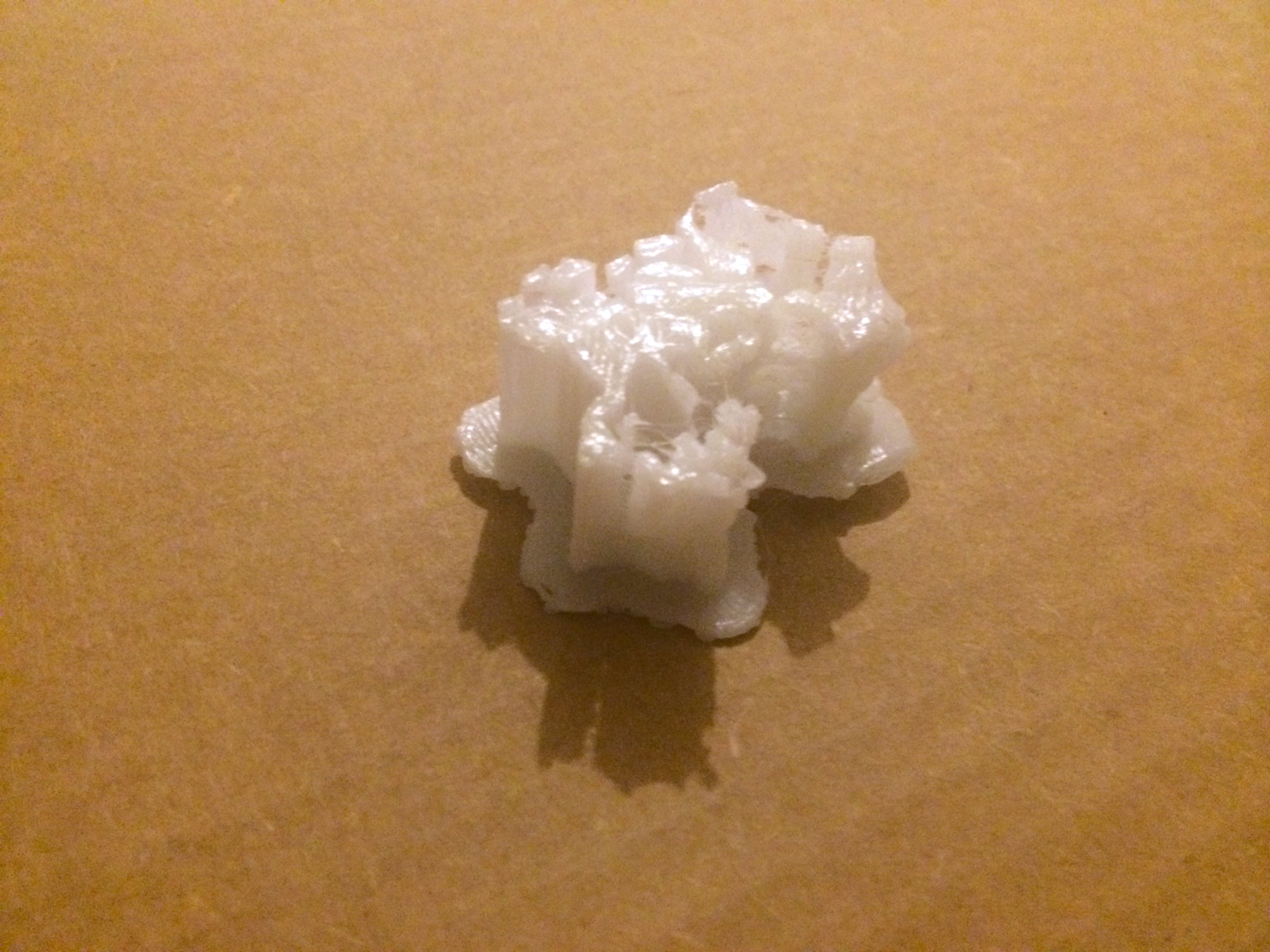
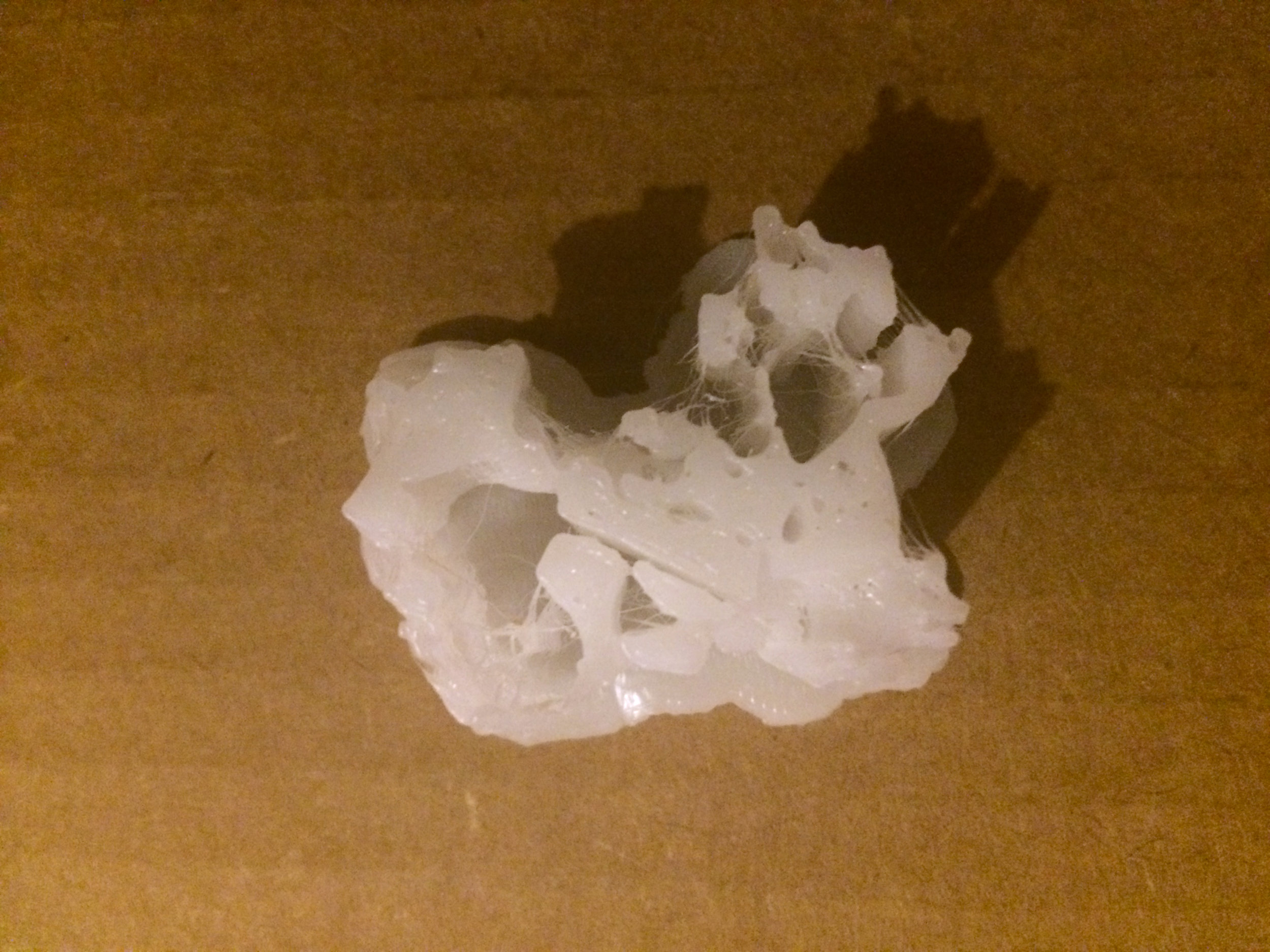


![Wovenform7 [Scanned, Photoshop-enhanced ink drawing on paper (PJM 2003-8), re-purposed in multiple formats through the present]](https://images.squarespace-cdn.com/content/v1/501abbd4c4aaab20160f16af/1498276309011-FDPB5A8ETJ23J7ACHW47/image-asset.jpeg)
